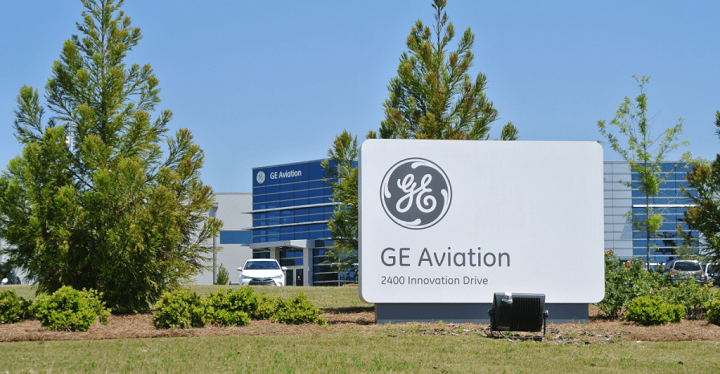In the latest signal that the pillars of US industrial output are serious about building on last year’s growing momentum to reshore the nation’s manufacturing, GE announced that it plans to invest over $450 million in 2023 in the company’s existing manufacturing facilities. These plans include at least $16 million that will go directly to additive manufacturing (AM), set aside for the firm’s aerospace facilities in Auburn, Alabama.

Moreover, with a total of well over $300 million of the investment being directed towards GE Aerospace (formerly GE Aviation), it is safe to assume that far more than the confirmed $16 million will flow into the 3D printing sector. GE Aerospace is one of the founding members of the Biden administration’s AM Forward initiative, which entails a voluntary compact by some of the nation’s largest manufacturing companies to significantly and rapidly ramp up the 3D printing capacity in their supply chains.
The remaining funds — over $110 million — will go to GE Vernova (the new name for GE Renewable), and 3D printing companies are also well-positioned to receive a significant chunk of that money. Last year, for instance, after joining forces with Danish additive construction (AC) leader COBOD to build the world’s largest concrete printing plant, in Bergen, NY, for wind energy production, GE Vernova became a minority investor in COBOD. It is relevant, then, that $20 million of the investment in GE Vernova will go towards wind turbine production at the company’s plant in Pensacola, FL.
In a press release announcing GE’s latest, nearly half-billion dollar investment in US manufacturing, the CEO of both GE and GE Aerospace, H. Lawrence Culp Jr., commented, “The investments we’re making this year support cutting-edge technology that will help advance the next-generation of aerospace manufacturing, ensuring a strong future for our employees, our business, the industry, and our commercial and military customers.”
GE Vernova CEO, Scott Strazik, added, “By improving capacity and modernizing facilities, GE Vernova will be well positioned to further drive decarbonization, increase electrification, and lead the energy transition. These investments will ensure our employees and facilities are ready to support US energy independence and sustainability goals, while positioning the company for long-term stability and success.”
The company notes that this investment is in large part designed to prime GE companies to maximize their potential to receive funds from the Inflation Reduction Act. Perhaps most importantly, the plan will enable GE Aerospace and GE Vernova to hire over 1,700 workers to fill existing job openings, alone.
And, finally, the investment is designed to ensure that GE Vernova and GE Aerospace are in as ideal a spot as possible before those divisions spin off into their own companies in 2024, following the recent spin-off of GE HealthCare. I believe this kind of strategy could be the future for giant American conglomerates, so GE’s transition over the next couple of years is of particular importance for observers in the US financial sector. The fact that GE is putting that transition on sure footing specifically by making such a hefty down payment on infrastructure modernization should signal that more of the same is on its way from other corporate giants.